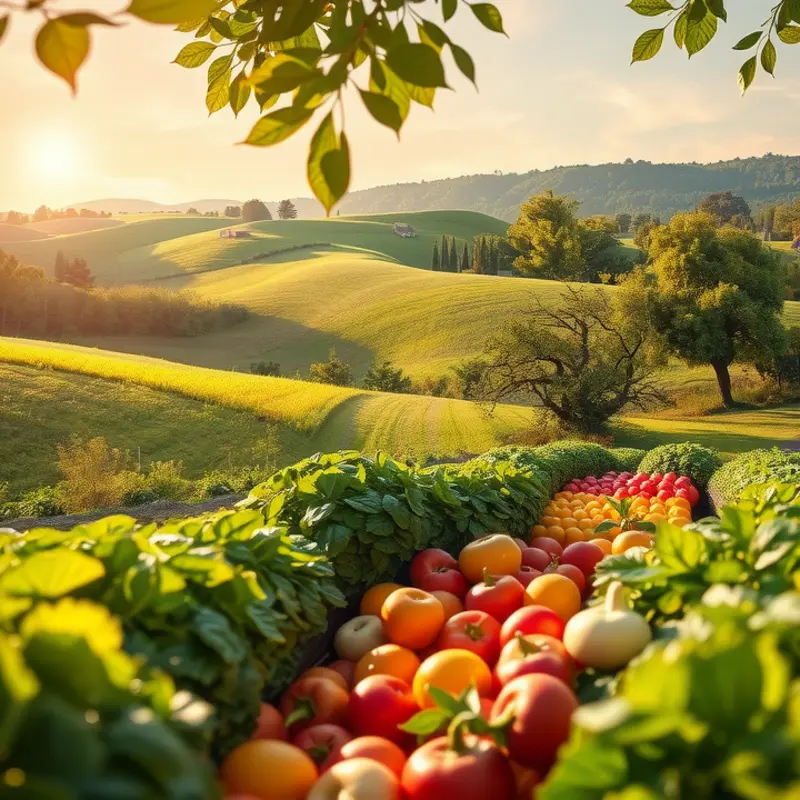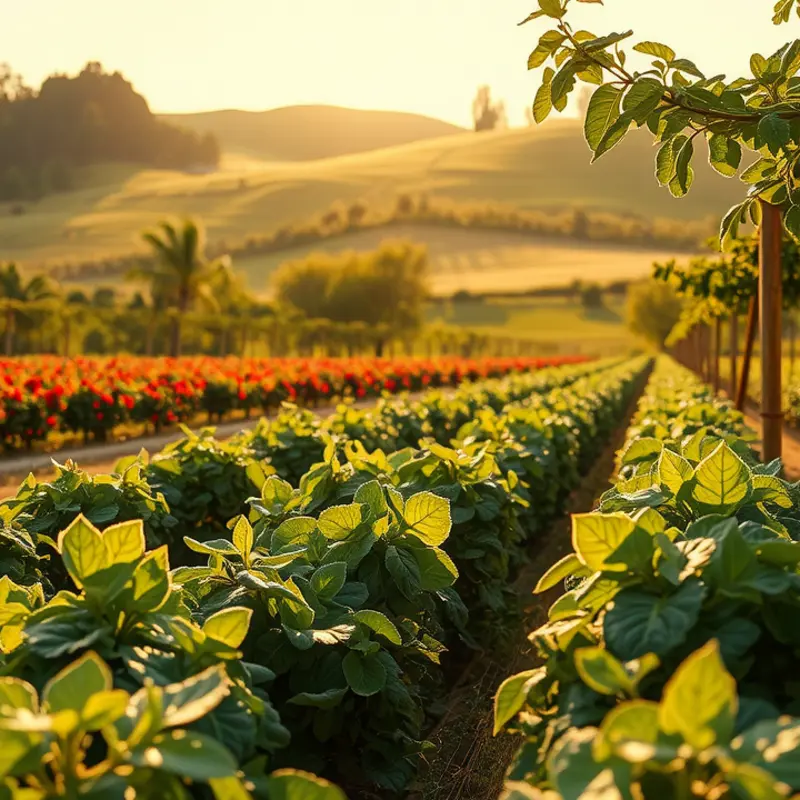Singapore, a vibrant tapestry of cultures, presents a culinary landscape rich with diverse flavors and traditions. This city-state embodies a unique blend of Chinese, Malay, Indian, and Western influences, making it a gastronomic haven for food enthusiasts. From bustling hawker centers to high-end restaurants, the food scene offers a plethora of options that tell the story of its heritage. Join us on this culinary adventure as we dive deep into Singapore’s unique food cultures, uncovering traditional dishes, modern interpretations, and the history behind them.
Heritage on a Plate: Traditional Dishes

The culinary landscape of Singapore is a vibrant symphony of flavors, where age-old recipes from diverse communities come together, creating a tapestry of taste. Each traditional dish in Singapore is not just a meal but a reflection of the country’s rich history and multicultural influences.
Among the classics is the beloved Hainanese Chicken Rice, a dish that originated from Hainan, China, and gained prominence in Singapore due to the influx of Chinese immigrants. This dish features poached chicken and seasoned rice, complemented by fragrant dipping sauces, often comprising chili, ginger, and dark soy sauce. The preparation focuses on simplicity and precision to enhance the natural flavors of the ingredients. The chicken is tender and moist, achieved through gentle simmering, while the rice is cooked in chicken broth with a hint of pandan leaves, producing an aromatic base. It showcases the skillful balance required to produce complexity from simplicity, making it a national dish worthy of its acclaim.
Laksa, a spicy noodle soup that marries the culinary traditions of the Peranakan or Straits Chinese and Malay communities, holds a special place in many Singaporeans’ hearts. This comfort food typically combines rice noodles with a rich, coconut milk-based curry, filled with shrimp, fish cakes, and sometimes cockles. The crucial ingredient here is sambal, a spicy paste that adds depth and heat, elevating the dish into a fragrant explosion of flavors. Preparing Laksa is an art form, requiring hours of simmering the broth with lemongrass, galangal, and dried shrimp to develop a robust base. During New Year celebrations or family gatherings, Laksa is more than just sustenance; it is a soulful connection to heritage and unity.
Another emblematic dish that depicts cultural exchange is Roti Prata, originally influenced by Indian paratha. This doughy delight is crispy on the outside and soft on the inside, made by twirling and flattening the dough before cooking it on a hot griddle. Often served with a side of curry, Roti Prata is a breakfast staple that is as versatile as it is delicious. Its evolution in Singapore has seen it being filled with egg, cheese, or even sweet variations with sugar or bananas. This adaptability speaks volumes about Singapore’s dynamic food culture.
Singapore’s traditional dishes not only savor the essence of taste but also tell stories of the past, of migration, and adaptation. They illustrate how cultures have blended over time to create a shared culinary identity. For those interested in understanding global food culture further, exploring how different cuisines intersect and influence one another might offer additional insights. Visit this blog about culinary cultures for more on how traditional dishes develop through cultural exchanges.
In each spoonful or bite of these dishes lies a legacy of cultural interweaving, offering diners a taste of history intertwined with modern-day innovation.
A Taste of Fusion: Modern Culinary Innovations

Singapore’s culinary scene is a vibrant tapestry of innovation, seamlessly blending traditional flavors with contemporary techniques to create a unique fusion of tastes. This evolution is propelled by chefs who are not only preserving cultural heritage but also pushing the boundaries of culinary creativity.
Chefs in Singapore are adept at marrying heritage with innovation. They often draw from rich cultural backgrounds, incorporating time-honored ingredients like pandan, sambal, and lemongrass into modern dishes that appeal to global palates. For instance, imagine a traditional laksa reimagined as a deconstructed dish where each flavor component stands boldly on its own, yet harmonizes as a whole.
The use of advanced cooking technologies contributes significantly to these innovations. Techniques like sous-vide and molecular gastronomy have infused new life into traditional recipes. Chefs experiment with textures and forms that redefine how we perceive classics. A simple chicken rice might be presented as a deconstructed salad with crispy skin granules and emulsions of chicken broth, inviting diners to engage in a multisensory experience.
Amid this modernity, the chefs’ role extends beyond innovation; they are also stewards of culinary tradition. By actively participating in the preservation of traditional recipes, they ensure that these rich flavors continue to be celebrated. This balance of old and new is an homage to Singapore’s cultural diversity, where each ethnic community contributes to the culinary landscape.
In the spirit of sustainable dining, these chefs also embrace locally sourced ingredients where possible, aligning with global trends towards eco-conscious gastronomy. This approach not only supports local agriculture but also guarantees freshness, lending a peculiar authenticity to the dishes made.
One notable trend is the embracing of plant-based ingredients, echoing a global shift toward more sustainable eating practices. Local chefs creatively utilize jackfruit, tofu, and other locally grown produce to craft delectable vegetarian or vegan dishes without compromising on taste or nutritional value. This aligns with exploring vegetarian traditions, indicating a broader movement toward eco-friendly diets within multicultural contexts.
Singapore’s culinary innovation encapsulates how a society can advance while holding steadfast to its roots. Each dish is a narrative, a chapter in the ongoing story of cultural convergence and culinary audacity. As we savor these inventive offerings, we are reminded of the interconnectedness of tradition and modernity, where the past and future flavorfully coexist on a Singaporean plate.
Final words
Singapore’s culinary landscape is a testament to its rich cultural diversity and history. The city-state harmonizes traditional flavors with modern innovations, creating dishes that not only tantalize the taste buds but also tell stories of heritage and transformation. Visiting Singapore is not merely about enjoying food; it’s an invitation to experience a culinary journey steeped in culture, community, and passion. As Singapore continues to evolve, its food scene remains a crossroads of tradition and innovation, promising delightful surprises for all who venture to explore its rich and varied fare.








